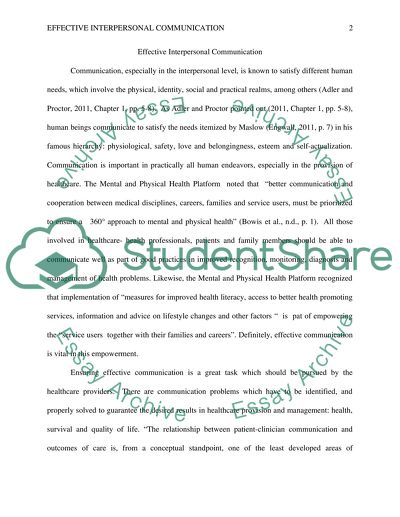Cite this document
(“Healthcare Interpersonal Communication Research Paper”, n.d.)
Healthcare Interpersonal Communication Research Paper. Retrieved from https://studentshare.org/journalism-communication/1449947-healthcare-communication
Healthcare Interpersonal Communication Research Paper. Retrieved from https://studentshare.org/journalism-communication/1449947-healthcare-communication
(Healthcare Interpersonal Communication Research Paper)
Healthcare Interpersonal Communication Research Paper. https://studentshare.org/journalism-communication/1449947-healthcare-communication.
Healthcare Interpersonal Communication Research Paper. https://studentshare.org/journalism-communication/1449947-healthcare-communication.
“Healthcare Interpersonal Communication Research Paper”, n.d. https://studentshare.org/journalism-communication/1449947-healthcare-communication.


